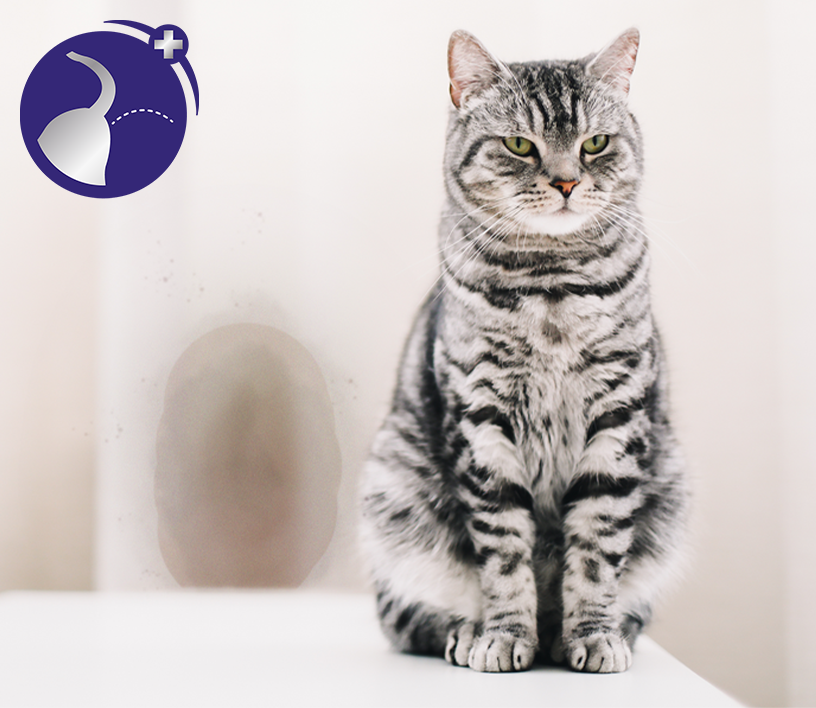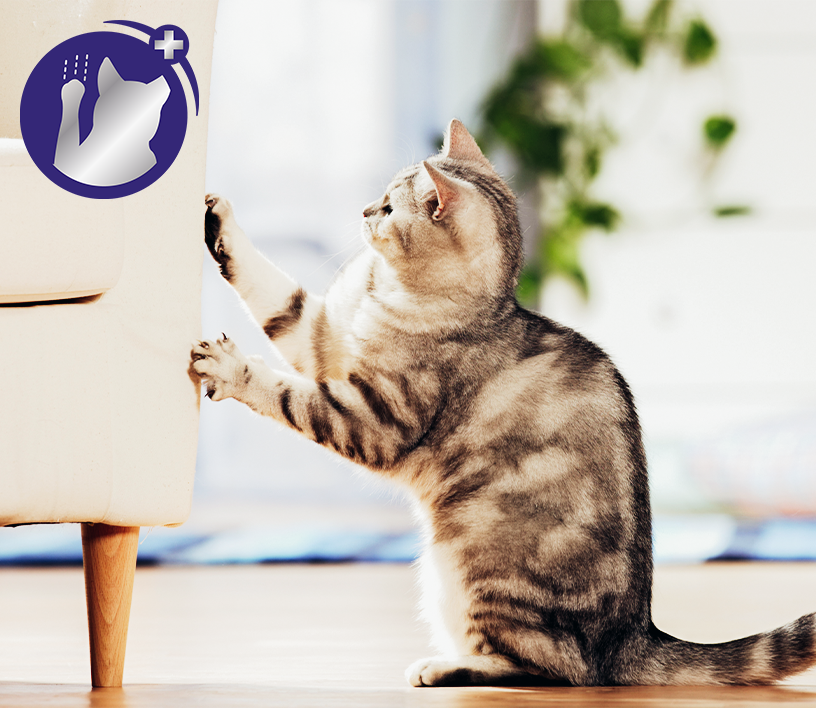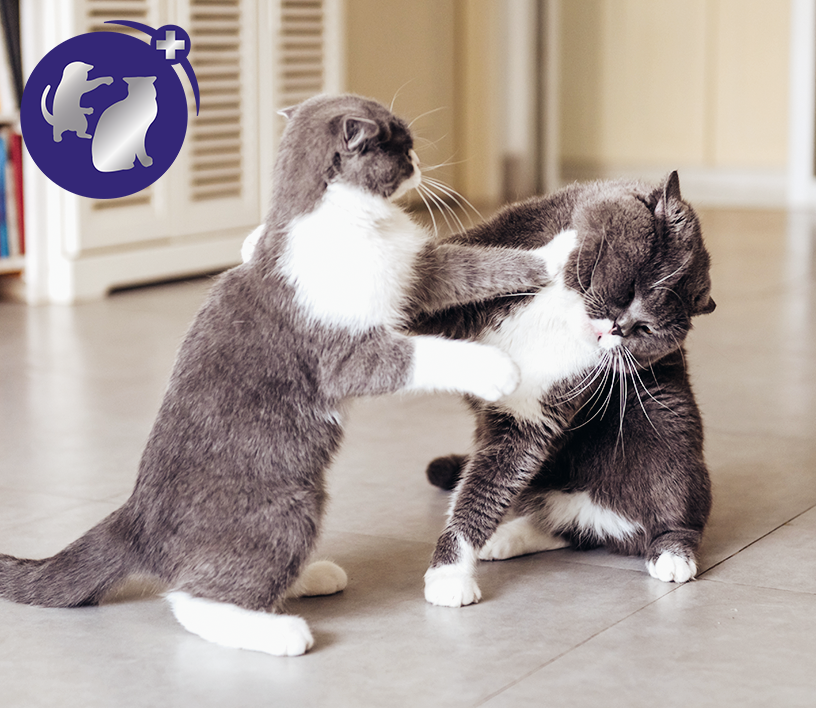
How to move with a cat: 15 tips
Moving home is generally thought to be one of the most stressful things we can do as humans, but it's also a stressful experience for your feline friend.
Territory and environment is really important for cats - they know where their territory is inside out; they know where they are safe, what sounds and smells to expect, and what other animals and people share the space.
While they might enjoy playing in some empty boxes, moving to a completely new environment is challenging for them, and can make them feel vulnerable and unsure! Moving is a big deal for you and your cat!
So, what can you do to help your furry friend get ready for a move and adjust to their new home?
Before the move...
1. Consider how changes will impact your cat
As soon as you start to pack up your home, your cat will start to notice the changes happening. If you're "dressing" the house for sale or moving furniture to get organised before your move, this can be unsettling for your cat.
You may also need to change your routine, (for example, due to packing you may have less time to play with them in the evening), and there may be different people coming in and out of your home which can add to their feeling of being unsettled.
If you're keeping your cat with you during this time, try and dedicate a room to them that remains unchanged for as long as possible.
2. Consider a cattery
It may be that spending time at a cattery may be less unsettling for your cat than staying at home, especially if there's a lot going on and even different contractors visiting your house. Before going to a cattery, you will need to make sure that your cat's vaccinations are up to date.
3. Consider resources
If your cat is staying with you throughout the move, ensure you set them up with everything they need in their designated room. This would include food, water, litter tray, scratching posts, bed and their favourite toys. Leaving their resources in areas of the home that suddenly become high-traffic would discourage your cat from using them.

4. Create a calming atmosphere
To comfort your cat and create an atmosphere of calm and safety amongst all the hustle and bustle of moving, plug-in FELIWAY Optimum in their sanctuary room to help them feel more serene. Ideally, this is a room that your cat is already used to spending time in, but if not, get them used to using this room for a week or two beforehand.
5. Routine is important
Try and keep your general routine as normal as possible for your cat - for example it's best to stick to feed times and playtimes so that your kitty doesn't feel confused. Plus, taking a bit of time out of your day to spend time with your cat will make you feel less stressed too!
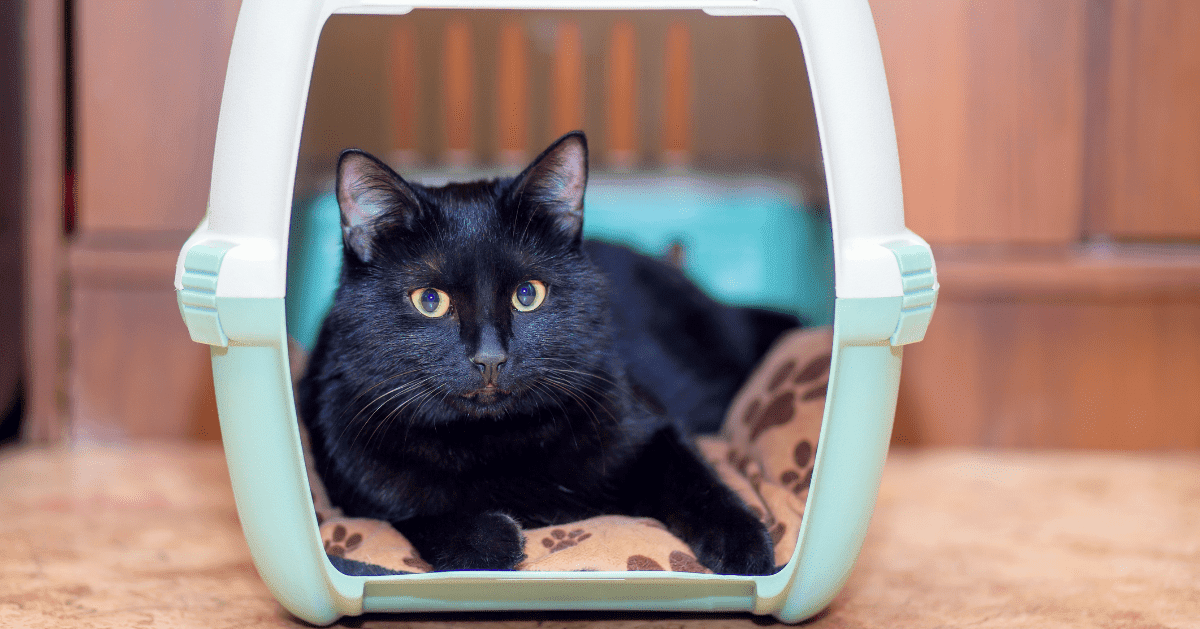
6. Get your cat's carrier ready
Your cat's carrier should also be in their sanctuary room, with the door open so that your cat can explore it and hopefully use it as a place to rest. Leaving it in the room for a few weeks before travel will help them consider it a part of their territory so they can make positive associations with their carrier, rubbing against it and depositing pheromones. This means they will feel more comfortable being in there when it's time to move. To make the carrier appear attractive, make sure there's some bedding in it; try placing treats in there daily for your cat to find too!
On moving day...
7. Use FELIWAY Classic Spray in their carrier
Use FELIWAY Classic Spray in the carrier on the day of the move to provide your kitty with extra support. Just make sure there are 15 minutes between you spraying the carrier and you letting your cat into the carrier. Never spray it on or near your cat. This helps your kitty feel calm when travelling.
8. Feed your cat a small meal
Make sure that your cat doesn't consume too much food or water on the day of the move. Feed them a small amount, a little earlier if necessary. Ensure you have some water ready for the journey as well as some small treats to reward them.
9. Do not disturb!
Make sure that it's clear your cat is in their room - when your movers arrive, put a notice on the door, so that nobody accidentally goes in there and disturbs your cat.
With all the noise and people around, if your kitty is let out of the room, they may run and hide somewhere which could disrupt your moving day as you search for them. When your cat's room needs to be packed up, encourage them to enter the carrier and place this somewhere quiet until it is time to travel.
At your new house, to help your cat settle into their new environment...
10. Set up a cat sanctuary room in the new house
In order to help your cat feel familiar in their new home as soon as possible, follow a similar approach to their sanctuary room before the move. Set them up in a quiet room in the house, where you can make sure they have all they need. Unpack your cat and this room first. Ensure they have all their resources, including a way to get up high to feel secure - such as a cat tower, shelves or window sill. Make sure that the windows are closed. Again, when there are still people going in and out of the house with boxes, place a sign on the door to help keep your cat safely inside.
11. Provide a feeling of serenity
If you have access to the new house a day or two before you move, it's advisable to plug FELIWAY Optimum into your cat's sanctuary room, so that there are comforting pheromones already present to greet your cat on arrival and help them feel more serene. Keep the FELIWAY Optimum plugged in for at least one month, as your cat becomes familiar with their new environment.
12. Spend time with your kitty
Spend time with your cat in this room as they become familiar with the new space and its sounds and smells. You can also leave some of your bedding and clothing in the room with them to provide some familiarity. Although there's a lot to do in your new home, try and establish a routine as soon as possible, and ensure this includes spending time with your cat. Produce their favourite toys and play their favourite games with them!
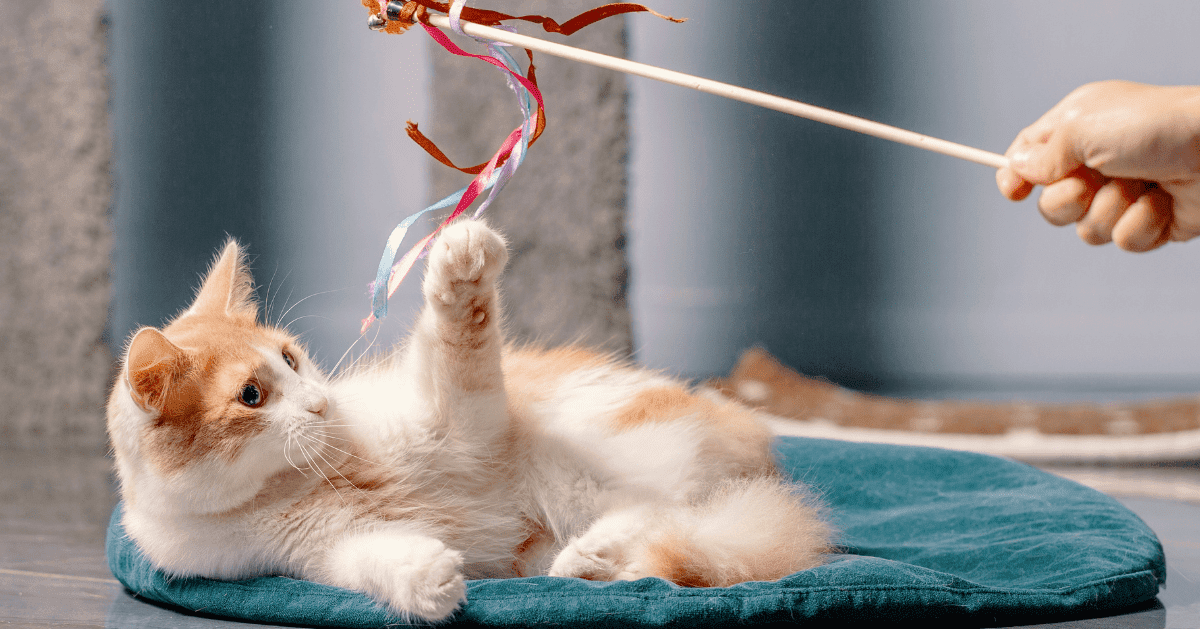
13. Clean away any signs of previous kitty inhabitants
If there was a cat in the house with the previous owner, clean thoroughly and wipe down areas as cat head height were the previous cat may have marked with their facial pheromones. You can also use a cloth to stroke your cat around their cheeks, and then place some of their scent around the house.
14. Get the rest of the house ready
Try and make sure that the rest of the house is cat-friendly whilst you know your cat is safe in one room. Try and unpack most of the house before you let your cat out of their sanctuary to explore other parts of the house.
Let them come out and explore in their own time - they may be very happy to explore if they are a confident cat, but a more shy cat may need time before they feel they want to leave their secure space. Some cats may not be phased by exploring the whole house at once, whereas others may prefer exploring one or two rooms at a time!
Always make sure that they can go back to their room where they feel safe. Over time you will learn where they want to spend their time in your new home and you can adapt over time, e.g. working out places to put food bowls, water bowls, litter trays and scratching posts to suit your cat.
15. Delay letting them outside
For cats that are going to be able to go outside, it's best for them to feel safe and secure in their new home before letting them out - wait at least 2 weeks until they seem more settled. Before you let them out, sprinkle some of their used litter around the edge of their new garden - not only does this help your cat to feel more comfortable when they go outside, but it also lets local cats know there is a new arrival.
You should also remember to make sure your cat's microchip details are updated with your new address before you let them out!
Enjoy your new home with your feline friend!
Following these steps should help your kitty settle in in no time, so you can start sharing happy memories together in your new home!
Don't forget to make sure you update your new details on the microchip database, and register with your new veterinary clinic. The Cat Friendly Clinic programme awards accreditation to veterinary clinics that have shown they understand the needs of cats and have made provisions to try and reduce the stress involved for cats visiting vets, so look out for this.


















